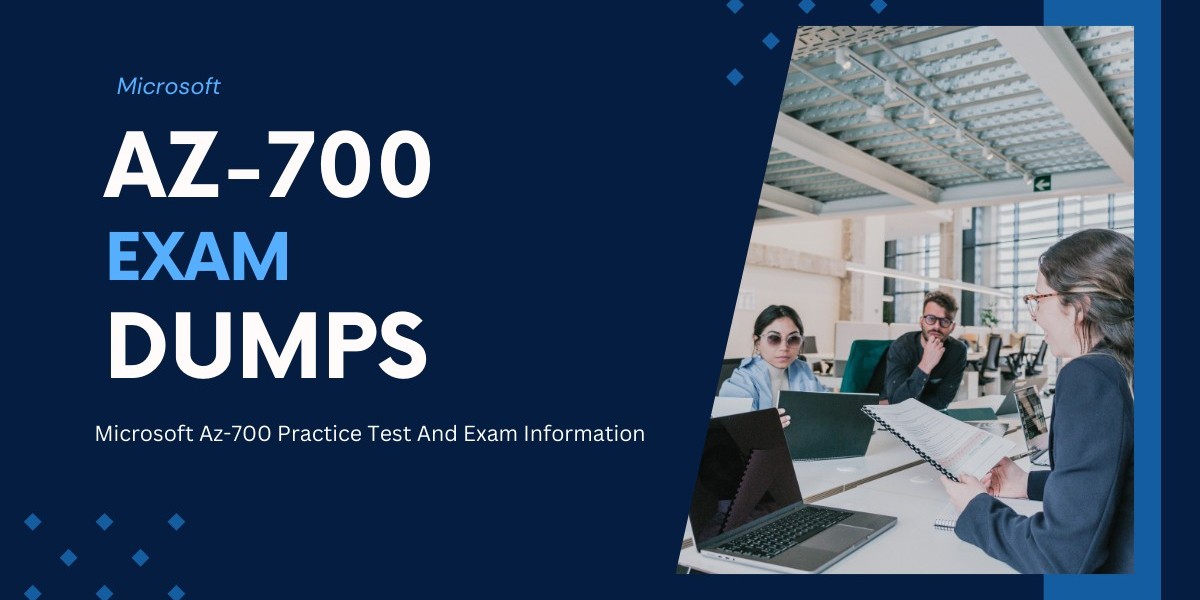Introduction to Facial Liposuction
Facial liposuction is an advanced cosmetic procedure designed to remove excess fat from the face, resulting in a more defined and youthful appearance. This minimally invasive technique is highly sought after by individuals looking to enhance their facial contours and achieve a slimmer profile. In this comprehensive guide, we delve into every aspect of facial liposuction, from the benefits and procedure to recovery and results.
Understanding Facial Liposuction
What is Facial Liposuction?
Facial liposuction, also known as submental liposuction, targets specific areas of the face to eliminate fat deposits. Common areas include the cheeks, chin, jawline, and neck. By precisely removing fat from these regions, patients can achieve a more sculpted and balanced facial appearance.
Who is an Ideal Candidate?
Ideal candidates for facial liposuction are those who:
- Have excess facial fat that has not responded to diet and exercise.
- Are in good overall health and have realistic expectations about the outcome.
- Possess good skin elasticity, which helps the skin conform to the new contours after fat removal.
- Are non-smokers, as smoking can impair healing.
The Benefits of Facial Liposuction
Facial liposuction offers numerous benefits, including:
1. Enhanced Facial Contours
By removing unwanted fat, facial liposuction enhances the natural contours of the face, resulting in a more defined and aesthetically pleasing appearance.
2. Improved Self-Confidence
Many individuals experience a significant boost in self-confidence and self-esteem following facial liposuction, as they feel more comfortable and satisfied with their appearance.
3. Minimal Scarring
Facial liposuction involves small, discreet incisions that typically leave minimal to no visible scarring, making it an attractive option for those concerned about marks.
4. Quick Recovery Time
Compared to more invasive surgical procedures, facial liposuction boasts a relatively quick recovery time, allowing patients to return to their daily activities sooner.
The Facial Liposuction Procedure
Consultation and Planning
The journey begins with an in-depth consultation with a qualified cosmetic surgeon. During this session, the surgeon evaluates the patient’s facial structure, discusses goals and expectations, and creates a customized treatment plan.
Preparation
Prior to the procedure, patients may be advised to:
- Avoid certain medications and supplements that can increase bleeding.
- Quit smoking several weeks before and after the surgery.
- Arrange for transportation and post-procedure care.
Anesthesia
Facial liposuction is typically performed under local anesthesia with sedation or general anesthesia, depending on the extent of the treatment and patient preference. The anesthesia ensures that the patient remains comfortable and pain-free throughout the procedure.
Incision and Fat Removal
Small, strategically placed incisions are made in inconspicuous areas of the face. A thin cannula is inserted through these incisions to break up and suction out the excess fat. The surgeon meticulously sculpts the treated area to achieve the desired contours.
Closing and Bandaging
After the fat removal, the incisions are closed with fine sutures, and the treated area is bandaged to minimize swelling and support the new facial contours.
Recovery and Aftercare
Immediate Post-Procedure Care
Following facial liposuction, patients are monitored briefly before being allowed to go home. It is essential to have someone assist with transportation and care during the initial recovery period.
Managing Swelling and Discomfort
Swelling and mild discomfort are common after facial liposuction. To manage these symptoms, patients should:
- Use cold compresses to reduce swelling.
- Keep the head elevated while resting.
- Take prescribed pain medications as directed.
Follow-Up Appointments
Regular follow-up appointments are crucial to monitor the healing process and ensure optimal results. The surgeon will check the incisions, remove sutures if necessary, and address any concerns.
Long-Term Care
To maintain the results of facial liposuction, patients should:
- Follow a healthy diet and exercise routine.
- Avoid significant weight fluctuations.
- Protect the skin from excessive sun exposure.
Expected Results and Longevity
Immediate and Long-Term Results
Patients can expect to see initial results within a few weeks as the swelling subsides. The final results of facial liposuction typically become evident after a few months, revealing a more contoured and defined facial appearance.
Longevity of Results
The results of facial liposuction are generally long-lasting, provided that patients maintain a stable weight and healthy lifestyle. While the removed fat cells do not return, remaining fat cells can still expand if significant weight gain occurs.
Risks and Considerations
Potential Complications
As with any surgical procedure, facial liposuction carries some risks, including:
- Infection: Proper post-operative care and hygiene can minimize this risk.
- Hematoma: A collection of blood under the skin that may require drainage.
- Asymmetry: Uneven results may occur, though skilled surgeons strive for balance and symmetry.
Choosing the Right Surgeon
Selecting a board-certified and experienced cosmetic surgeon is crucial for minimizing risks and achieving the best possible outcome. Patients should research credentials, read reviews, and view before-and-after photos of previous patients.
Frequently Asked Questions
1. How long does the procedure take?
The duration of facial liposuction varies based on the areas being treated but generally takes between one to two hours.
2. Is facial liposuction painful?
Most patients experience minimal pain due to the anesthesia used during the procedure. Post-operative discomfort is typically mild and manageable with prescribed medications.
3. Can facial liposuction be combined with other procedures?
Yes, facial liposuction is often combined with other cosmetic procedures such as facelifts, neck lifts, or chin augmentation for enhanced results.
4. How soon can I return to work?
Many patients return to work and normal activities within one to two weeks, depending on the extent of the procedure and individual healing rates.
5. Are the results permanent?
While facial liposuction results are long-lasting, maintaining a stable weight and healthy lifestyle is essential to preserving the outcomes.
Conclusion
Facial liposuction is a highly effective solution for individuals seeking to enhance their facial contours and achieve a slimmer, more youthful appearance. By understanding the procedure, benefits, recovery process, and potential risks, patients can make informed decisions and embark on their journey to a more confident self. For those considering facial liposuction, consulting with a qualified cosmetic surgeon is the first step toward transforming facial aesthetics.








